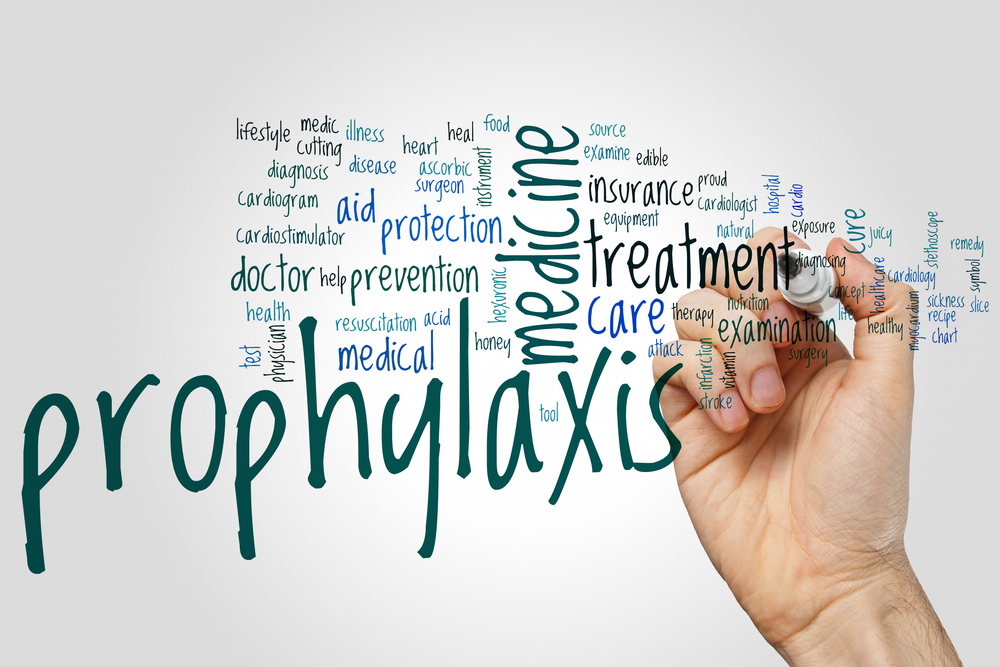Hemlibra Use in Severe Hemophilia A Could Save $3 Billion Over 20 Years, Study Estimates

Using Hemlibra (emicizumab) as prophylaxis lowers treatment costs considerably for people with hemophilia A compared to preventative factor (FVIII) treatment, according to an economic model study.
The model predicts $47,814 in savings to U.S. payers in year one, and a potential for more $3 billion in savings over 20 years if all with severe hemophilia A started on the Genentech therapy as a prophylaxis.
“Economic impact model of delayed inhibitor development in patients with hemophilia A receiving emicizumab for the prevention of bleeding events,” was published in the Journal of Medical Economics.
Prophylactic (preventive) replacement therapy with factor VIII — the clotting protein that’s deficient or defective in hemophilia A — has provided significant benefits to patients with severe disease, including less bleeding events, reduced healthcare resource utilization, and greater health-related quality of life.
Yet this approach is costly in the U.S., carrying a mean annual price tag of approximately $289,000 per person.
Cumulative FVIII exposure predicts the development of antibodies, or inhibitors, to FVIII, which is regarded as the most severe treatment-related complication in hemophilia. Immune tolerance induction (ITI) may eliminate these inhibitors, but is also costly and requires frequent intravenous infusions.
If inhibitors persist, patients may be treated with bypassing agents, further increasing costs.
“Primarily due to these specialty drug expenditures, average annual treatment costs for patients with inhibitors can be up to 3-5 times higher compared to those without inhibitors,” the researchers wrote.
Hemlibra works by bridging FIX with FX, mimicking the function of FVIII. It does not induce the development of FVIII inhibitors, but people on Hemlibra may still have these antibodies because they can be given FVIII to treat so-called breakthrough bleeds.
Phase 3 trials showed that prophylaxis with Hemlibra reduced annual bleed rates, but cost-effective strategies are still needed to optimize disease management.
A team of researchers with Genentech, Pharmerit International and the Aflac Cancer and Blood Disorders Center at Emory University aimed to calculate the costs of Hemlibra compared to prophylactic treatment with FVIII, and total treatment costs for patients with severe hemophilia A.
The researchers developed a model to estimate costs to U.S. payers over 20 years, considering previously untreated persons with severe disease from age 12 and no inhibitors, and starting on prophylaxis with Hemlibra or FVIII.
Their model also considered that patients with inhibitors replaced FVIII with bypassing agents until the inhibitors resolved spontaneously, following ITI, or at the end of the 20 years.
According to its U.S. label, the loading dose of Hemlibra is 3 mg/kg weekly for four weeks, followed by a maintenance dose of 1.5 mg/kg weekly. Dosing for FVIII prophylaxis starts at 30 IU/kg once weekly for three months, then increases to twice weekly for another three months, followed by a maintenance dose of 30 IU/kg every other day.
If patients on FVIII prophylaxis developed inhibitors, the model assumes an FVIII dose of 50 IU/kg every other day for six months, moving to the advised dose upon resolution within six months. If ITI fails, these patients are assumed to switch to prophylaxis with activated prothrombin complex concentrate (aPCC) at 85 IU/kg every other day for six months.
People on Hemlibra who develop inhibitors continue prophylaxis with this therapy, although switching to high-dose FVIII if they have low levels of inhibitors, or to bypassing agents for high inhibitor levels.
To treat breakthrough bleeds prior to developing inhibitors, all patients would be given a single 50 IU/kg FVIII infusion. Those with low-titer (level) would receive two infusions, and those with high-titer inhibitors or not responding to ITI would be treated with aPCC or recombinant (artificial) factor VIIa, such as Novo Nordisk’s NovoSeven.
Assuming the same rate of inhibitor development, treatment with Hemlibra over 20 years represented a roughly $1.94 million savings over FVIII use: Hemlibra cost $4.92 million over 20 years and FVII $6.86 million. Cost savings associated with Hemlibra use were observed throughout this period, starting with $47,814 in lower treatment expenses in the first year.
Prophylaxis represented the majority of costs in both groups — $4.10 million (83.3%) with Hemlibra, and $6.29 million (91.6%) with FVII – followed by bleed treatment in the FVIII group ($342,652, representing 5%).
Total costs were higher in the FVIII group regardless of inhibitor development. In turn, Hemlibra-using patients assumed to develop inhibitors had greater cost savings due to avoiding aPCC prophylaxis.
Inhibitors were estimated to develop about 13 years later in people using Hemlibra. Compared to FVIII prophylaxis, the group on Hemlibra had higher ITI costs — $733,671 (14.9%) vs. $230,967 (3.4%) — reflecting the older age and higher weight that results from later inhibitor development. Avoiding ITI saved $733,671 in patients on Hemlibra.
In contrast, the higher total and bleed treatment costs in the FVIII group reflected earlier inhibitor development — 4 months vs. 162 months with Hemlibra — and switching to bypassing agents.
Overall, the model estimated that if all untreated persons with severe hemophilia A in the U.S. would start prophylaxis with Hemlibra rather than with FVIII over the next 20 years, 131,273 bleeds could be prevented and $3.10 billion in healthcare costs avoided, excluding emergency visits and hospitalizations.
“This study suggests that prophylaxis with emicizumab results in cost savings compared to FVIII prophylaxis in HA,” the scientists wrote.
Researchers noted their model had some limitations, such as not account for joint surgeries. These could bias the results against Hemlibra, as it is associated with fewer bleeding events than FVIII, the team said.






